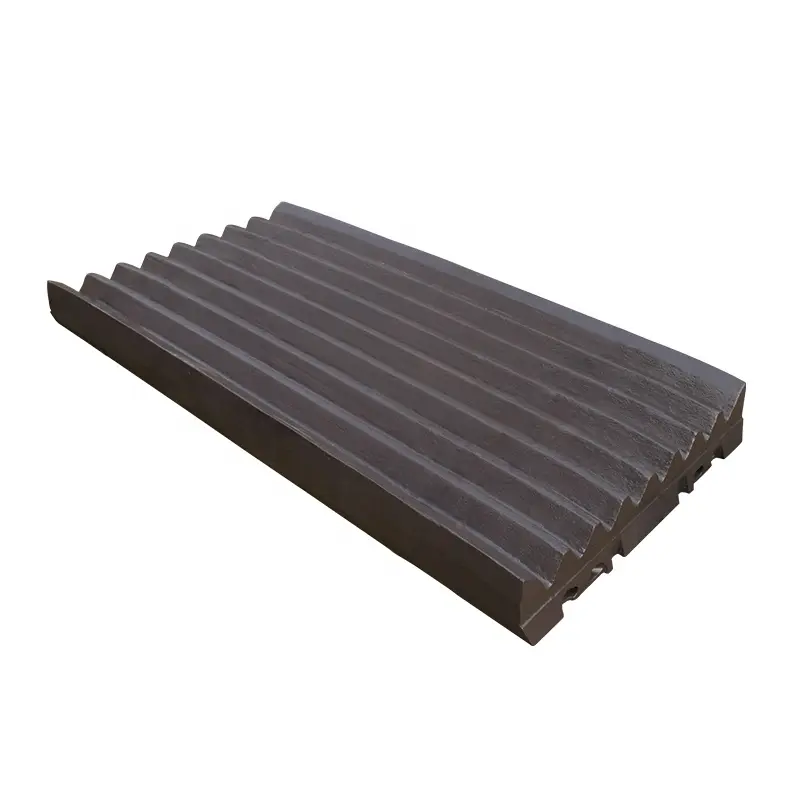Why check the wear of excavator bucket teeth regularly
Regular detection of the wear of excavator bucket teeth can bring many benefits, as follows:
Improve work efficiency
- Timely replacement of worn bucket teeth: Through regular testing, the bucket teeth with serious wear can be found in time and replaced. The teeth of the bucket with serious wear will reduce the excavation efficiency and increase the excavation resistance during the excavation process, resulting in the operation speed of the excavator being slowed down or even unable to work normally. Timely replacement of new bucket teeth can ensure that the excavator works in the best state and improve mining efficiency.
- Reduce energy loss: Heavily worn bucket teeth need to consume more energy to overcome resistance when digging, which leads to increased fuel consumption of the excavator. Regular inspection and replacement of worn bucket teeth can reduce energy loss, reduce fuel costs, and improve operational efficiency.
Prolong the service life of equipment
- Protect buckets and other components: When the bucket teeth are severely worn, buckets and other components will withstand greater impact and wear. Regular detection and replacement of worn bucket teeth can reduce the damage to the bucket and other components and extend the service life of the entire excavator.
- Avoid failure caused by wear: Severely worn bucket teeth may cause the bucket teeth to fall off or break, resulting in damage to other components, such as screening equipment. Regular testing can prevent these failures in advance, avoid the chain reaction caused by bucket tooth wear, and extend the uptime of the equipment.
Reduce maintenance costs
- Reduce sudden maintenance: Regular detection of bucket tooth wear can predict the replacement time of bucket teeth in advance to avoid emergency maintenance caused by sudden damage to bucket teeth. Sudden maintenance often requires higher costs and longer time, and regular replacement of worn bucket teeth can reduce maintenance costs and improve the planning and control of maintenance.
- Improve maintenance efficiency: Through regular testing, maintenance personnel can more targeted maintenance of bucket teeth, such as lubrication, cleaning, etc. This not only improves maintenance efficiency, but also reduces unnecessary costs caused by blind maintenance.
Ensure operation safety
- Prevent the risk of bucket teeth falling off: The bucket teeth with severe wear are easy to fall off during the excavation process, which will not only affect the efficiency of the operation, but also may cause safety hazards to the personnel and equipment at the job site. Regular inspection can find and replace seriously worn bucket teeth in time, effectively prevent the risk of bucket teeth falling off, and ensure the safety of the work site.
- Reduce accidents caused by wear: Severely worn bucket teeth may lead to unstable situations in the excavation process of the excavator, such as bucket teeth fracture, which may lead to serious accidents. Regular detection and replacement of worn bucket teeth can reduce accidents caused by wear of bucket teeth and ensure the safety of operators and equipment.
Optimize production management
- Improve the accuracy of production planning: by regularly detecting the wear of bucket teeth, the service life and replacement cycle of bucket teeth can be more accurately estimated. This helps enterprises to reasonably arrange production plans, avoid production interruption caused by bucket tooth wear, and improve the continuity and stability of production.
- Accumulation of equipment maintenance data: Regular detection of bucket tooth wear can accumulate a large amount of equipment maintenance data. These data can be used to analyze the wear law of bucket teeth and the operating status of equipment, provide an important reference for the maintenance and management of equipment, and help enterprises optimize equipment management strategy and improve equipment management level.




